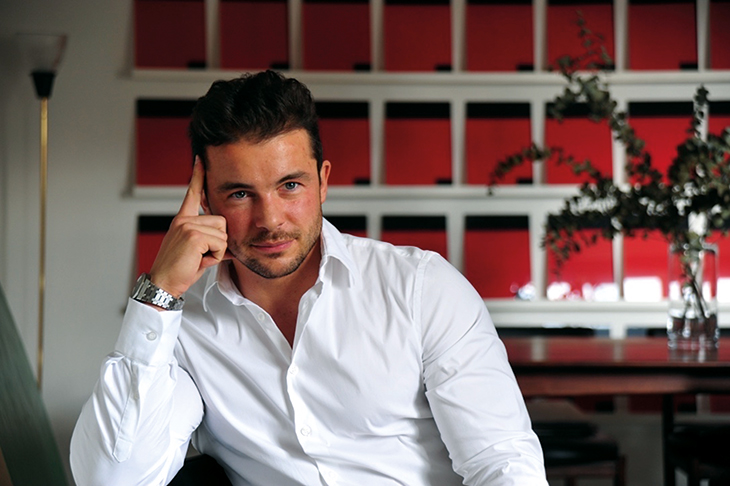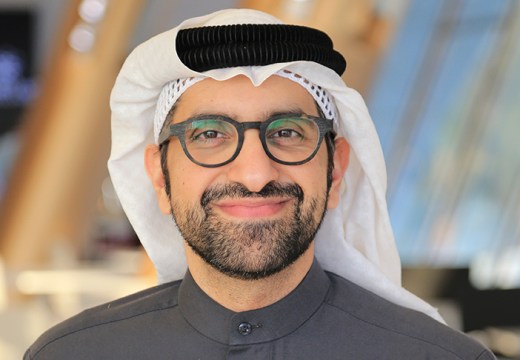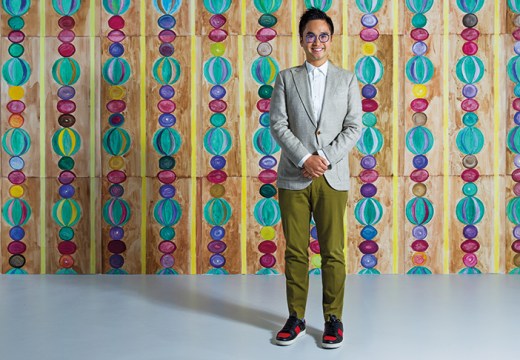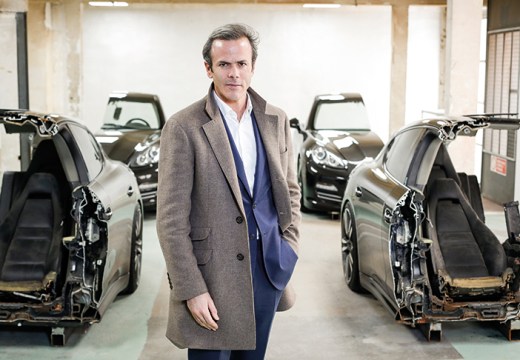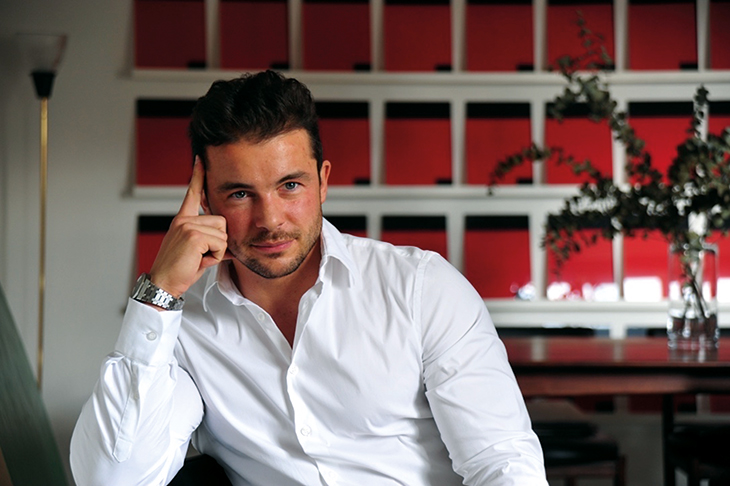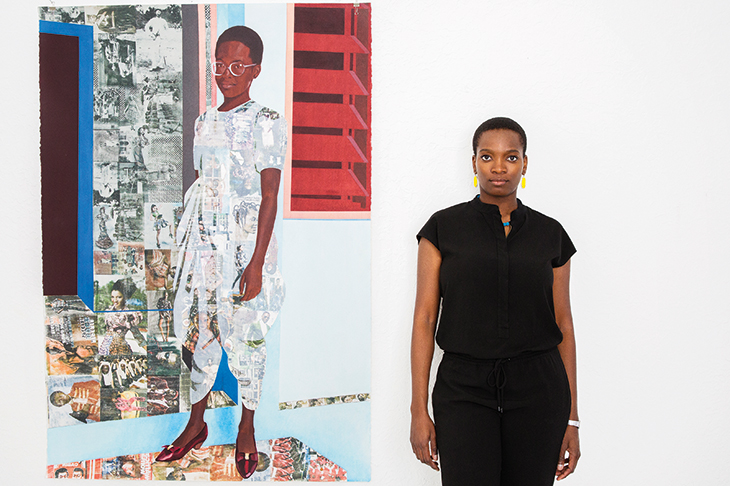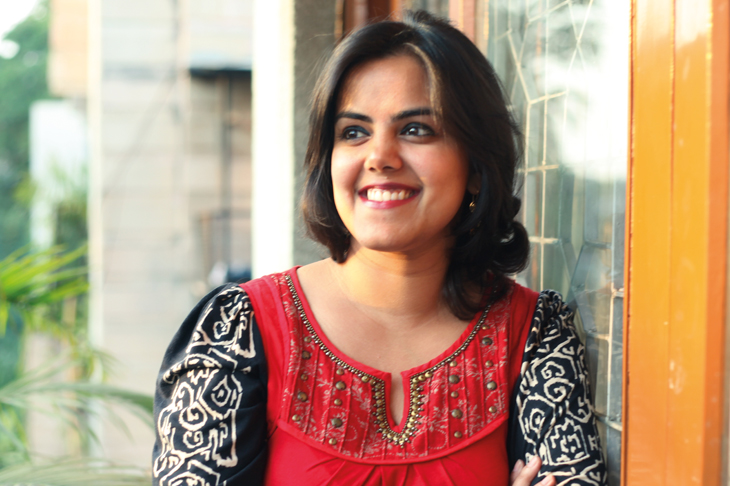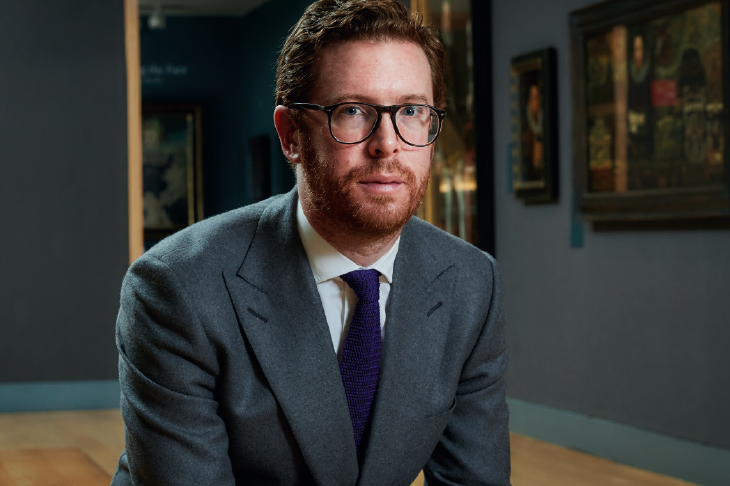32 | Buenos Aires, Argentina, and Monaco
When did you first think of yourself as a collector?
Many people are very careful about labelling themselves as collectors. People want to be humble, and in the art world there’s always someone who has something bigger, brighter, or somehow more exciting. But in my case, I embraced it from day one: I knew that I wanted to collect art, and always saw it as a process in which you never know everything, where every year – almost every week – you learn something new. As a collector, you make mistakes, you build memories, and you make friends.
How would you characterize your collection?
The collection is about dialogues between generations of artists. I didn’t know I was doing it at the beginning, but I soon realised that I was building this conversation between artists, some who are now considered part of art history, and others who are very new. So for example, I recently hung an untitled film still by Cindy Sherman with an Ella Kruglyanskaya portrait of a woman drawing. These are two women, generations apart, who have both tried to represent the experience of being a woman. In the future, I hope the collection will grow so that people will find sub-themes and patterns that I haven’t even noticed.
You set up an Argentine arts foundation, Fundación Arte, in 2014 and last winter staged its first exhibition, showing works from your collection at the Palais de Glace in Buenos Aires. What motivated you to start the foundation?
I’d noticed that much of the world was moving forwards in terms of its knowledge of contemporary art – and how contemporary art was being integrated into other disciplines and had a growing appeal to the general public. But whenever I went back home to Argentina on business or to see my family, I realised that people were quite far removed from the contemporary art world. Some of this was due to a current of thinking that has taken over South America in the last decade and a half, of being extremely protectionist and inward-looking; but it was also simply because Argentina is a long way from the galleries of New York or London.
So my main motivation was to try to bring Argentina and the rest of the world closer together. There are a lot of educated people there, with a strong appetite for art, but who have mainly been exposed to local contemporary art. There are many great examples of Impressionist and modern art in Argentina, but there’s a very big gap to fill when it comes to the post-war and contemporary period.
And how successful is the foundation to date?
The thing I’m most pleased about is how well received it has been. Starting an institution is much harder than you might imagine at the beginning. You do it because you have a belief and a conviction, but you never know how it’s going to turn out. For the opening exhibition, the international visitors seemed so happy to be there, the local public really enjoyed it, and the local press was very gracious about the foundation. That type of recognition is what gives me the motivation to go on and make it even better.
What would you like the foundation to achieve in the next 10 years?
I’d like it to present a really broad view of contemporary art, and have an exhibition programme of really high quality that people regard as an important resource in the region. The current model is to employ guest curators – which is really good for a new institution, because every year there are fresh ways of thinking. But perhaps in 10 years there could be a permanent location in a signature building, and a full-time curator bringing ideas from around the world to Argentina.
Is the future bright for contemporary art in Argentina?
You never know with Argentina. It looks that way now. But no matter what the government does, there’s an underlying base: the world is more connected every day, and people want to see things in real life that they’ve discovered online. The appetite that people in Argentina have for art is only going to increase. I can’t imagine a world where the arts will be less important in the future – no matter what politicians do.
Do you feel that it’s a responsibility of collectors to seek to widen public interest in art?
I think that in the past 10 or 15 years there’s been a complete change in the role of collectors. They went from being people who built great, respected collections, but reserved access to their families and friends, to being very visible figures, who are expected to show their collection, be generous with institutions, to be a good host and have a public persona. I think you have to open up these days.
See more 40 Under 40 Global Collectors
Unlimited access from just $16 every 3 months
Subscribe to get unlimited and exclusive access to the top art stories, interviews and exhibition reviews.

